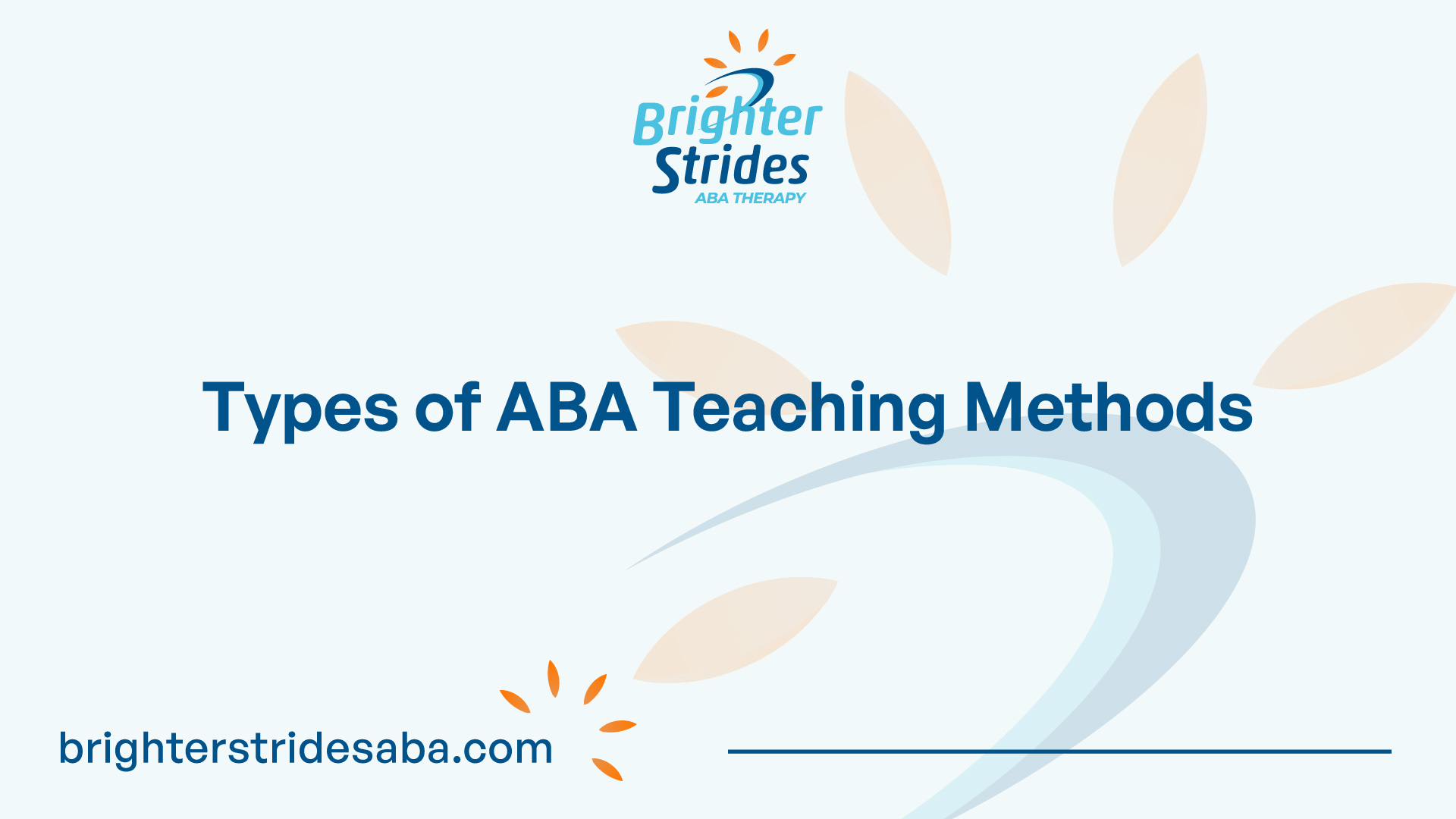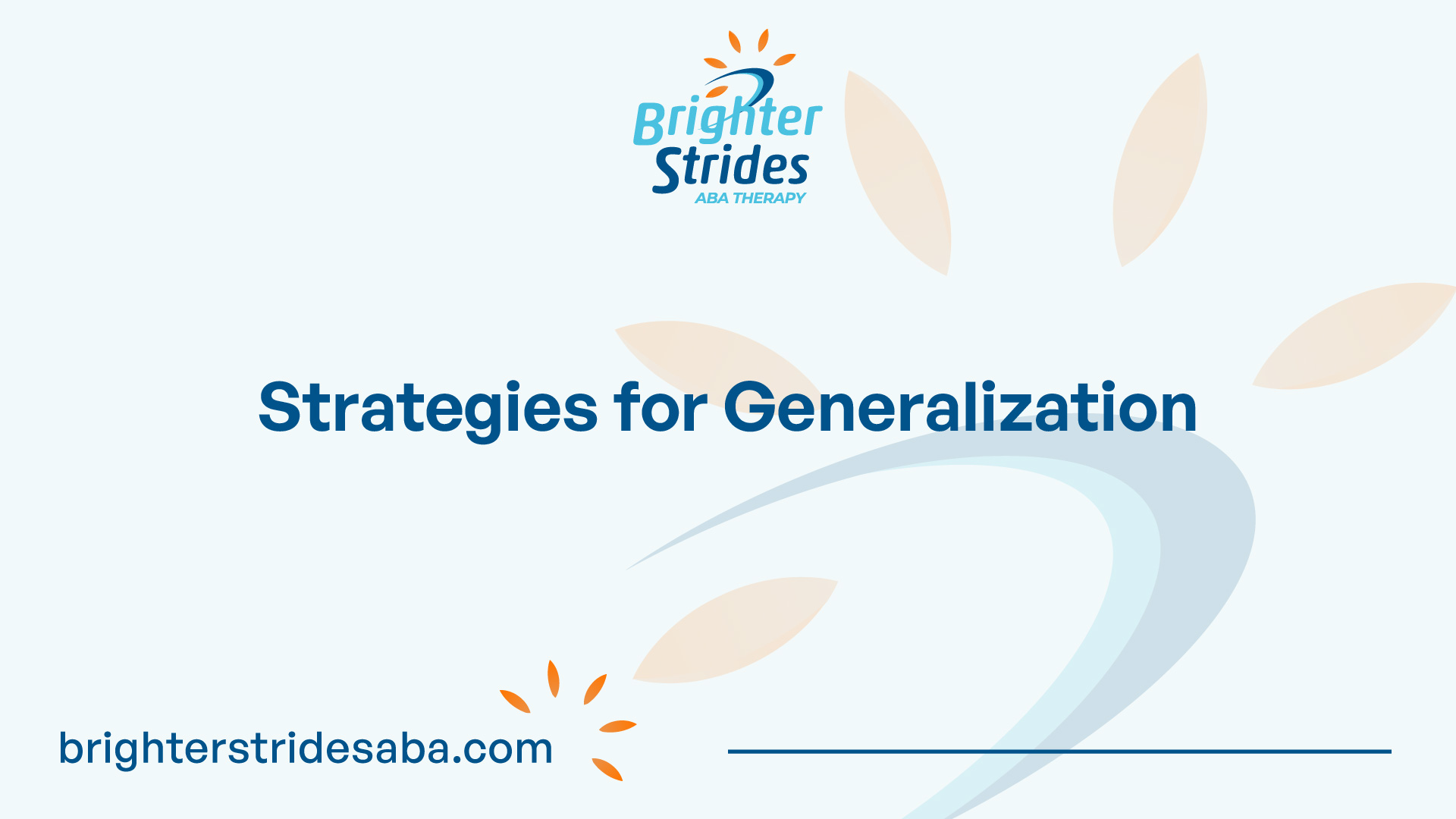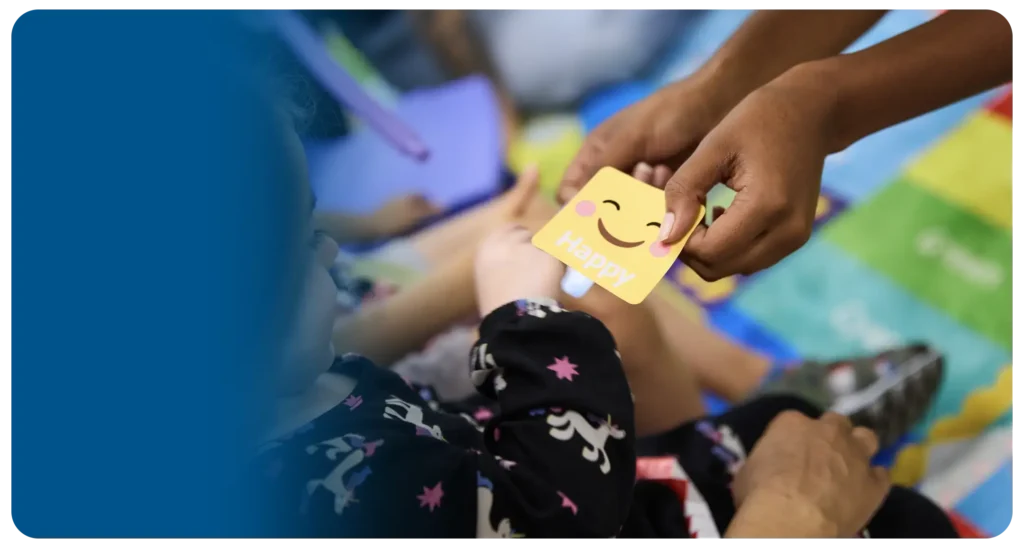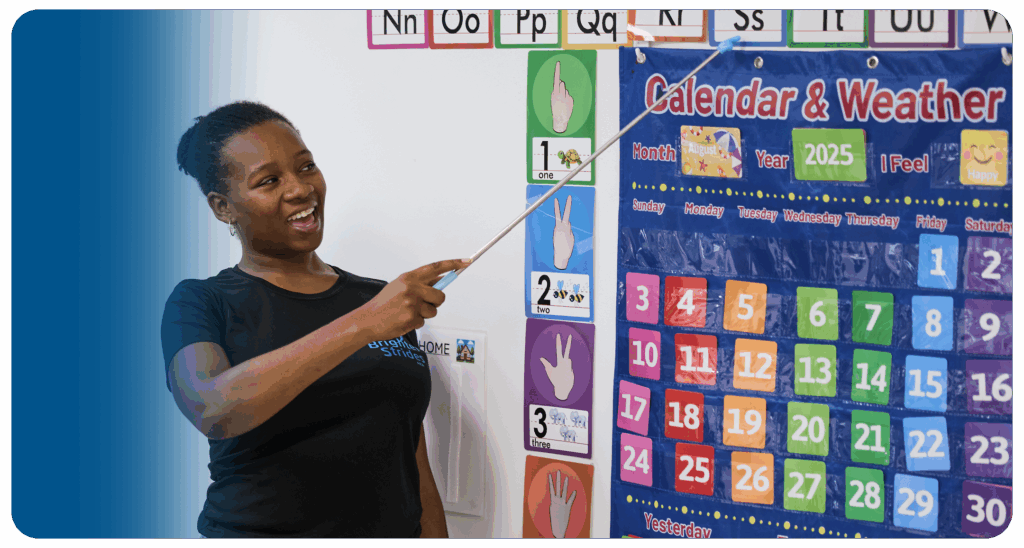
Understanding ABA Strategies
When it comes to Applied Behavior Analysis (ABA), there are various strategies and approaches that professionals utilize to promote positive behavior change and skill development. Two important aspects of ABA strategies are the importance of ABA assessments and the collaborative approach in ABA.
Importance of ABA Assessments
ABA assessments play a crucial role in understanding behaviors, identifying skill strengths and deficits, and developing effective intervention plans. ABA professionals employ systematic and structured observational techniques to gather data on behaviors, antecedents, consequences, and environmental factors. These assessments provide valuable insights into an individual’s behaviors, helping to guide programming and improve outcomes.
It is essential that ABA assessments are valid and reliable. Validity ensures that the assessments measure what they intend to measure, while reliability ensures consistency and accuracy in the assessment results. By utilizing various assessment tools and methods, collecting data, and analyzing results, ABA professionals gain a comprehensive understanding of an individual’s behaviors and skills. However, it’s important to note that ABA assessments should not be used as a curriculum but rather as a guide for developing individualized programs.
Collaborative Approach in ABA
ABA professionals recognize the importance of collaboration in achieving successful outcomes. They actively collaborate with individuals, families, caregivers, and other professionals involved in the individual’s care. Regular communication and collaboration ensure a comprehensive and coordinated approach to educating the client and implementing effective interventions [1].
In many cases, ABA therapy is used in conjunction with other therapies and interventions to provide comprehensive support for individuals with autism. Collaborating with other therapies, such as speech therapy, occupational therapy, and sensory integration therapy, can enhance the overall effectiveness of treatment [2]. Consulting with professionals, such as behavior analysts and autism specialists, is essential to assess an individual’s unique needs and determine the most appropriate treatment approach when considering ABA therapy for autism [2].
By emphasizing the importance of ABA assessments and adopting a collaborative approach, ABA professionals can gather valuable data, develop effective intervention plans, and enhance the overall effectiveness of therapy programs. Through ongoing assessment and collaboration, individuals can experience meaningful behavior change and skill development.
Generalization in ABA Therapy
Generalization is a crucial aspect of Applied Behavior Analysis (ABA) therapy, ensuring that the skills and behaviors learned in one context can be applied to different situations and settings. In ABA therapy, there are three forms of generalization that play a vital role in achieving successful treatment: stimulus generalization, response generalization, and skill maintenance.
Stimulus Generalization
Stimulus generalization involves the ability to perform a learned skill in new situations and with different stimuli. It refers to the learner’s capability to respond consistently to various stimuli that share certain similar characteristics. For example, after learning to identify and sort red blocks, a child successfully generalizing this skill would be able to respond consistently to different types of stimuli, such as a handful of popcorn, sand, or LEGO bricks.
Response Generalization
Response generalization occurs when a child learns a specific skill and can apply it to different contexts. It involves the ability to transfer and use newly acquired skills in various situations or settings. For instance, after learning how to use a zipper, a child who demonstrates response generalization would be able to successfully zip up a jacket and a backpack, showcasing the transfer of the skill to different items [3].
Skill Maintenance
Skill maintenance is a crucial component of generalization in ABA therapy. It refers to the retention of acquired skills over time without the need for continuous reinforcement. Skill maintenance ensures that the learned behaviors and skills persist and remain applicable in various settings. For example, a child who can independently tie shoelaces in different environments without the need for consistent reinforcement demonstrates skill maintenance [3].
Generalization is an essential goal in ABA therapy, particularly for individuals on the autism spectrum. It allows them to apply learned skills and behaviors beyond the initial teaching environment, fostering independence and success in various real-life situations. To achieve successful generalization, ABA therapists and practitioners utilize a range of strategies and teaching methods. By implementing these strategies, learners can effectively transfer and apply their skills in different contexts, promoting long-term success and positive outcomes [4].
To further explore the strategies and techniques used in ABA therapy, continue reading our articles on ABA therapy best practices and ABA parent training. These resources provide valuable insights for both professionals and parents seeking to optimize ABA therapy outcomes.

Types of ABA Teaching Methods
When it comes to Applied Behavior Analysis (ABA) therapy, there are various teaching methods that professionals employ to help individuals develop new skills and behaviors. Each method has its own unique approach and is suited for different learning styles and goals. Let’s explore some of the most common ABA teaching methods:
Discrete Trial Training (DTT)
Discrete Trial Training (DTT) is a highly structured and intensive teaching method used to teach new skills by breaking them down into smaller, more manageable components. It involves presenting a specific stimulus or instruction, prompting a specific response, and providing reinforcement for correct responses. DTT is particularly effective for learners who may struggle with attention and focus. It allows for repeated practice and reinforcement, promoting skill acquisition and mastery. For more information on ABA teaching methods, visit our article on ABA therapy best practices.
Direct Instruction (DI)
Direct Instruction (DI) is a teacher-directed teaching method that uses a step-by-step approach to teaching skills. It involves explicitly teaching and modeling desired behaviors or skills and providing immediate feedback. DI is highly structured and systematic, making it suitable for teaching a wide range of skills, including academic, social, and self-help skills. This method is particularly effective for learners who benefit from clear and direct instruction. To enhance professional skills in ABA therapy, consider exploring ABA professional development opportunities.
Pivotal Response Training (PRT)
Pivotal Response Training (PRT) is a teaching method that focuses on teaching pivotal or key behaviors that can positively impact a wide range of other behaviors. It aims to increase motivation and promote the development of pivotal behaviors, such as self-initiation, self-regulation, and communication skills. PRT uses a flexible and individualized approach, targeting specific areas of need for each learner. By focusing on pivotal behaviors, PRT aims to improve overall functioning and generalization of skills. Stay up to date with the latest evidence and research in ABA therapy by exploring resources on ABA therapy evidence.
Natural Environment Teaching (NET)
Natural Environment Teaching (NET) is an instructional approach that focuses on teaching skills in the learner’s natural environment. It utilizes everyday routines, activities, and interests as contexts for teaching. NET promotes active engagement, motivation, and generalization of skills by embedding learning opportunities into the natural environment. It allows learners to practice skills in real-life situations, promoting functional independence. NET can be a powerful method for promoting skill acquisition and generalization. For parents interested in learning techniques for teaching their child at home, consider ABA parent training.
Incidental Teaching
Incidental Teaching is a less structured intervention that takes advantage of teachable moments in the learner’s natural environment. It involves capturing the learner’s interest in an object or activity and using it as an opportunity for teaching. Incidental Teaching promotes skill acquisition and generalization through reinforcement and natural contingencies. By capitalizing on the learner’s motivation and interests, this method encourages active learning and engagement. It can be particularly effective for promoting language and social skills.
These various ABA teaching methods provide professionals with a range of tools and approaches to address the unique needs and goals of individuals receiving ABA therapy. By utilizing the appropriate method or combining multiple methods, ABA professionals can create effective and tailored interventions to promote skill development and generalization.

Strategies for Generalization
Generalization is a critical aspect of Applied Behavior Analysis (ABA) therapy, particularly when working with individuals on the autism spectrum. It involves the learner’s ability to transfer and apply acquired skills and behaviors to new settings, situations, and individuals. By promoting generalization, ABA aims to ensure long-term success and positive outcomes for individuals by enabling them to utilize their skills in various environments beyond the teaching setting, such as home, school, or community settings.
Structured vs. Natural Learning Environments
When implementing strategies for generalization in ABA therapy, professionals consider both structured and natural learning environments. Structured learning environments involve controlled settings with clear prompts and reinforcement, similar to the teaching environment. These environments are designed to maximize learning opportunities and help individuals acquire new skills. Discrete Trial Training (DTT) is an example of a structured teaching method commonly used in ABA.
On the other hand, natural learning environments aim to replicate real-life situations and encourage individuals to apply their skills in functional contexts. Natural Environment Teaching (NET) and Incidental Teaching are examples of teaching methods that focus on creating a more naturalistic learning environment. These methods emphasize the learner’s motivation and interests, promoting generalization by facilitating the transfer of skills to everyday situations.
ABA professionals often strike a balance between structured and natural learning environments to ensure a comprehensive approach to generalization. By gradually increasing the complexity and variability of the settings in which skills are taught and practiced, individuals are more likely to generalize their skills across different environments and situations.
Implementing Generalization Plans
To effectively implement generalization strategies, ABA professionals develop and implement generalization plans tailored to each individual’s needs and goals. These plans outline specific steps and interventions to promote the transfer and application of skills in various settings.
Key components of generalization plans may include:
- Systematic Variation: Introducing variations in the teaching environment, materials, and people involved to help individuals generalize their skills to new situations Master ABA.
- Generalization Probes: Conducting regular assessments to evaluate the learner’s ability to apply skills in different settings and situations.
- Parent and Caregiver Involvement: Collaborating with parents and caregivers to reinforce and practice skills outside of the therapy sessions, promoting generalization in natural environments aba parent training.
- Community Integration: Encouraging individuals to engage in activities and interact with others in their community, providing opportunities to practice and generalize skills in real-life contexts aba therapy best practices.
- Generalization Reinforcement: Providing reinforcement and positive feedback when individuals successfully apply their skills in new settings, reinforcing the generalization process aba professional development.
By implementing carefully designed generalization plans, ABA professionals can support individuals in transferring and applying their learned skills beyond the therapy setting. This promotes independence and functional success in various aspects of their lives.
Generalization is a vital component of ABA programs, as it allows individuals to demonstrate their skills not only within the teaching environment but also in real-life situations. By incorporating both structured and natural learning environments and implementing effective generalization plans, ABA therapy maximizes the potential for individuals to generalize their skills, leading to meaningful and lasting outcomes.
Impact of ABA Programs
ABA therapy has a significant impact on individuals with autism, providing them with the necessary skills and support to thrive. Two key aspects of the impact of ABA programs are early intervention and collaborative therapeutic approaches.
Early Intervention in ABA Therapy
Research has shown that early intervention plays a crucial role in the effectiveness of ABA therapy for autism. Starting ABA therapy at a young age, ideally before the age of 5, can lead to better outcomes [2]. Early intervention allows for targeted intervention during the critical developmental period, where children are more receptive to learning and behavior change.
By providing ABA therapy early on, individuals with autism have the opportunity to acquire essential skills, such as communication, social interaction, and self-help skills, that can significantly improve their overall quality of life. Early intervention also helps prevent the development of challenging behaviors by teaching alternative, more appropriate behaviors and functional skills.
Parents and caregivers play a crucial role in early intervention. ABA programs often include parent training to equip caregivers with the knowledge and skills to support and reinforce the child’s progress outside of therapy sessions.
Collaborative Therapeutic Approaches
ABA therapy is often used in conjunction with other therapies and interventions to provide comprehensive support for individuals with autism. Collaborating with other therapies, such as speech therapy, occupational therapy, and sensory integration therapy, can enhance the overall effectiveness of the treatment [2]. This multidisciplinary approach ensures that all aspects of the individual’s development are addressed, leading to more comprehensive and holistic outcomes.
Collaborative therapeutic approaches involve professionals, such as behavior analysts and autism specialists, working together to assess the individual’s unique needs and determine the most appropriate treatment approach. By combining the expertise of different professionals, a tailored and individualized treatment plan can be developed to address specific challenges and goals. This collaborative approach ensures that all aspects of the individual’s development are considered, leading to a more comprehensive and effective treatment experience.
The collaboration between different therapies also allows for a coordinated effort in addressing the various needs of the individual with autism. By sharing information, strategies, and progress, therapists can work together to provide consistent support and reinforce skills across different environments.
In conclusion, ABA programs have a profound impact on individuals with autism. Early intervention facilitates better outcomes by starting therapy at a young age when children are more receptive to learning. Collaborative therapeutic approaches ensure a comprehensive and holistic treatment experience by combining the expertise of different professionals and therapies. Through these strategies, ABA therapy empowers individuals with autism to reach their full potential and lead fulfilling lives.




